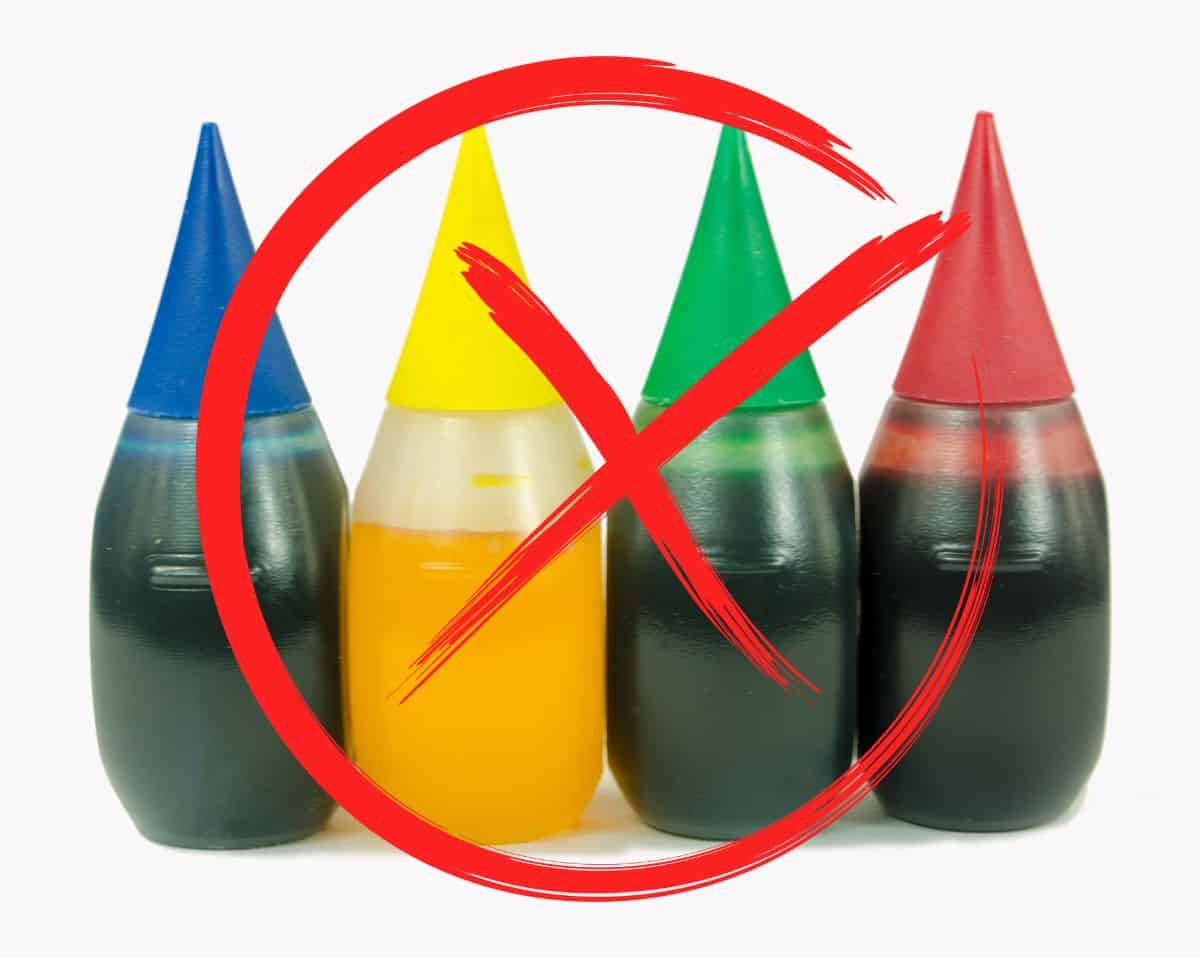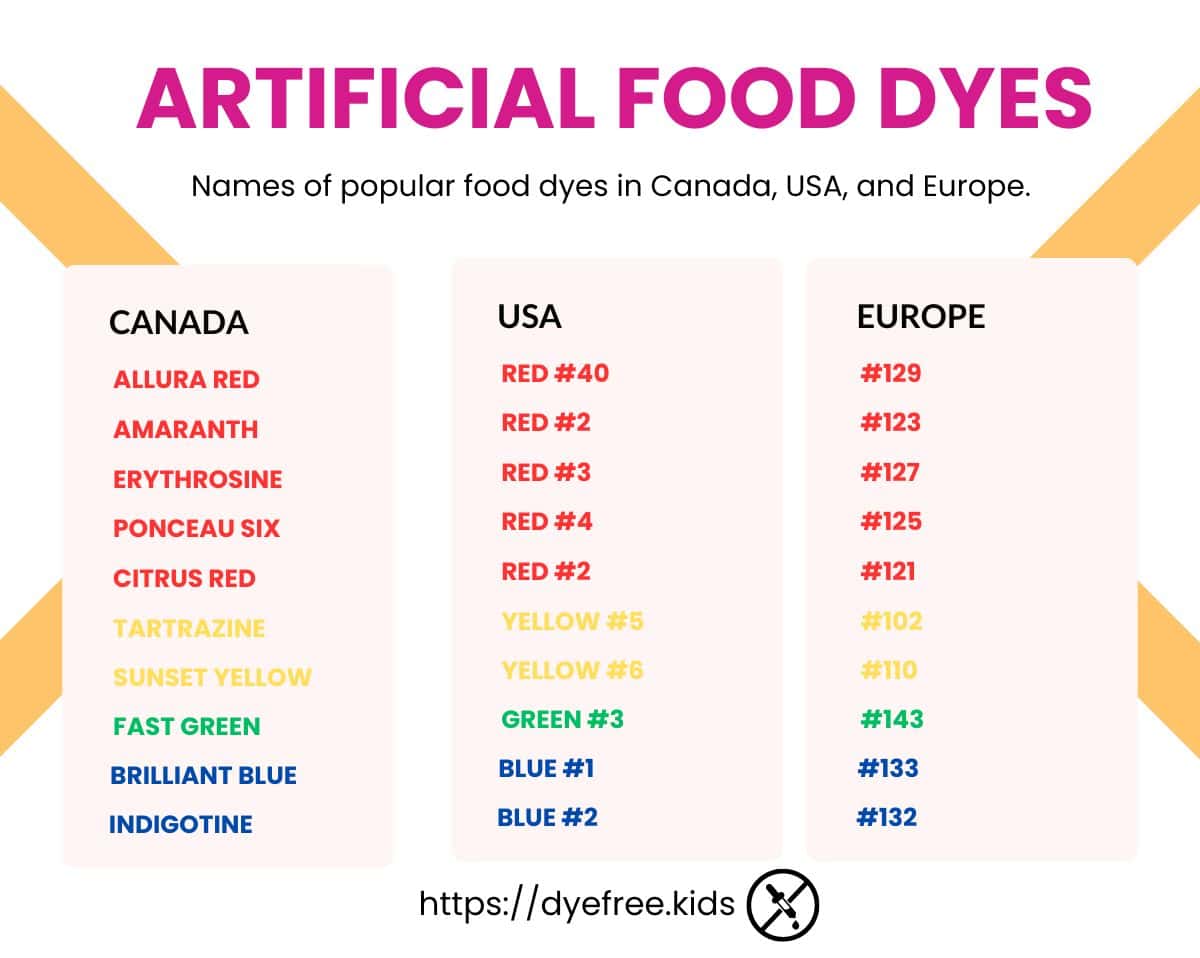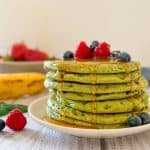In today’s vibrant food culture, it's hard to ignore the allure of brightly coloured snacks and beverages.
From neon green sodas to rainbow-hued cereals, food dyes have become a staple in making our food visually appealing.
But those vibrant colours might come with hidden risks and food dyes could be harmful to your health.

What are food dyes?
Food dyes are synthetic or natural substances added to food to enhance or change its colour.
They are commonly used in everything from candies and cereals to beverages and sauces.
While natural dyes, like beet juice or turmeric, offer a more wholesome alternative, many processed foods rely on artificial dyes derived from petrochemicals.
Risks of Artificial Food Dyes
- Hyperactivity and Behavioral Issues in Children: Research has linked artificial food dyes to increased hyperactivity and behavioural problems in children.
- Allergic Reactions: Some individuals may experience allergic reactions to food dyes, ranging from mild symptoms like rashes and hives to more severe reactions.
- Potential Carcinogenic Effects: Although the FDA and other regulatory bodies deem many artificial dyes safe at specific levels, concerns persist about their long-term effects.
- Disruption of Natural Processes: Artificial dyes contain chemical compounds that can disrupt natural metabolic processes in the body. These chemicals may interfere with hormone levels or gut health.
Make Healthier Choices
As people learn about the risks, many (like myself 😉 ) choose natural food colouring and avoid artificially dyed foods.
Here are some easy tips to help you make healthier choices:
- Read Labels: Always check ingredient lists for artificial dyes like Allure Red (Red 40), Tartrazine (Yellow 5), and Brilliant Blue (Blue 1). Natural options such as beets (like my red velvet cupcakes) or spirulina are great alternatives.
- Choose Whole Foods: Fresh fruits, vegetables, and whole grains are naturally free of artificial dyes. So avoid processed products whenever possible.
- Support Brands with Natural Ingredients: Many companies are changing their recipes to remove artificial dyes. By supporting these brands, you’re helping encourage a shift towards healthier and more transparent food options.

Note that different names are used in different countries, so pay close attention.

While the occasional brightly coloured treat might seem harmless, understanding the potential risks of artificial food dyes can empower you to make more informed choices about what you and your family consume.
By choosing natural alternatives, you can enjoy a healthier diet and contribute to a demand for safer and transparent food practices.
After all, good health starts with what’s on your plate! 😉
Naturally yours,
Rosa




Leave a Comment + Star Rating ⭐⭐⭐⭐⭐